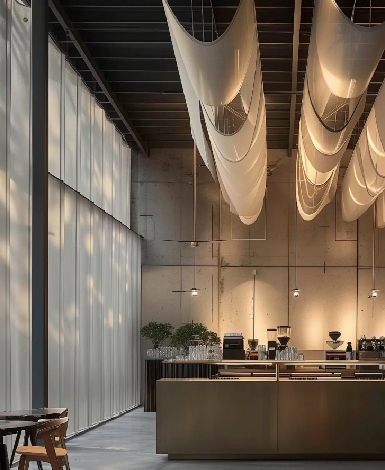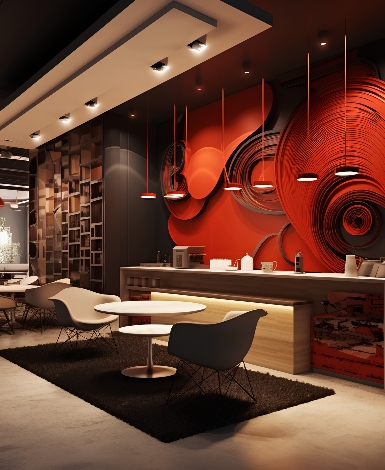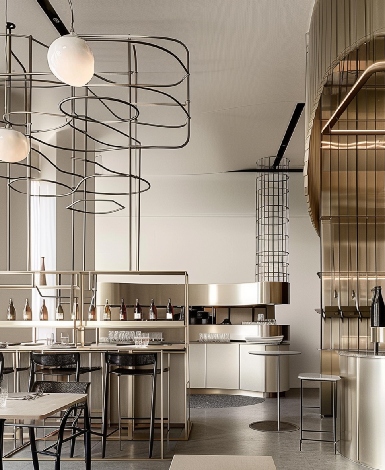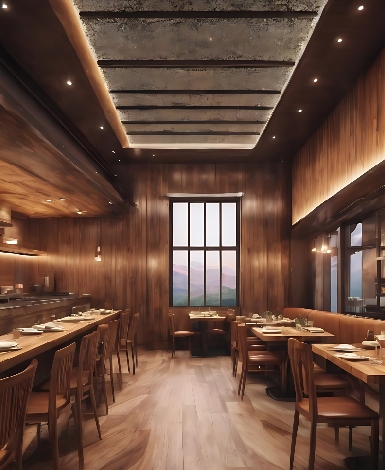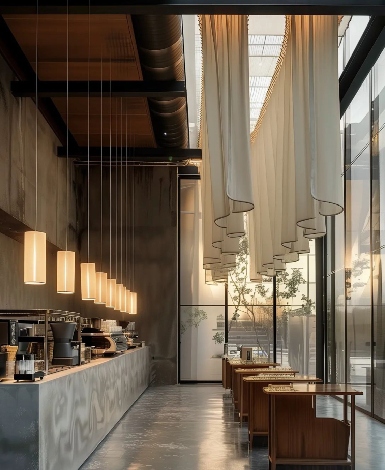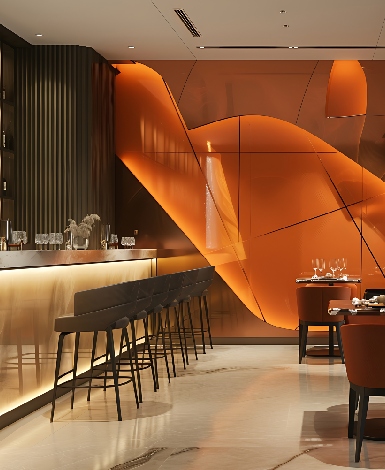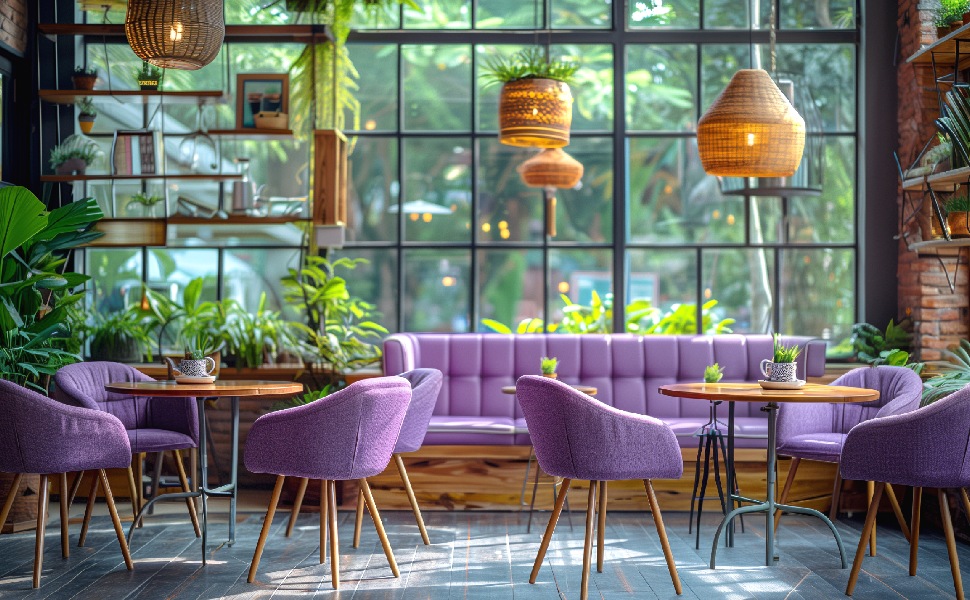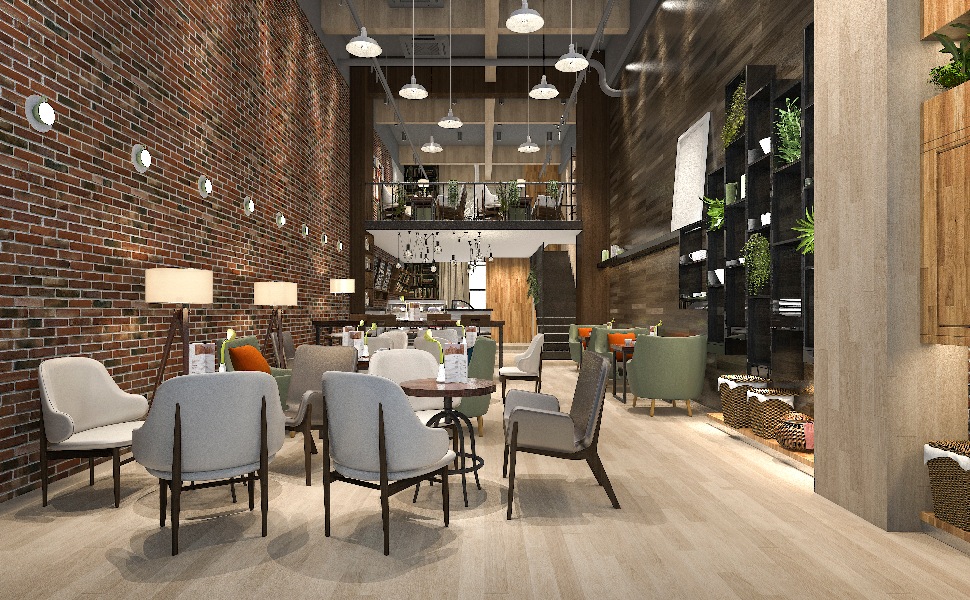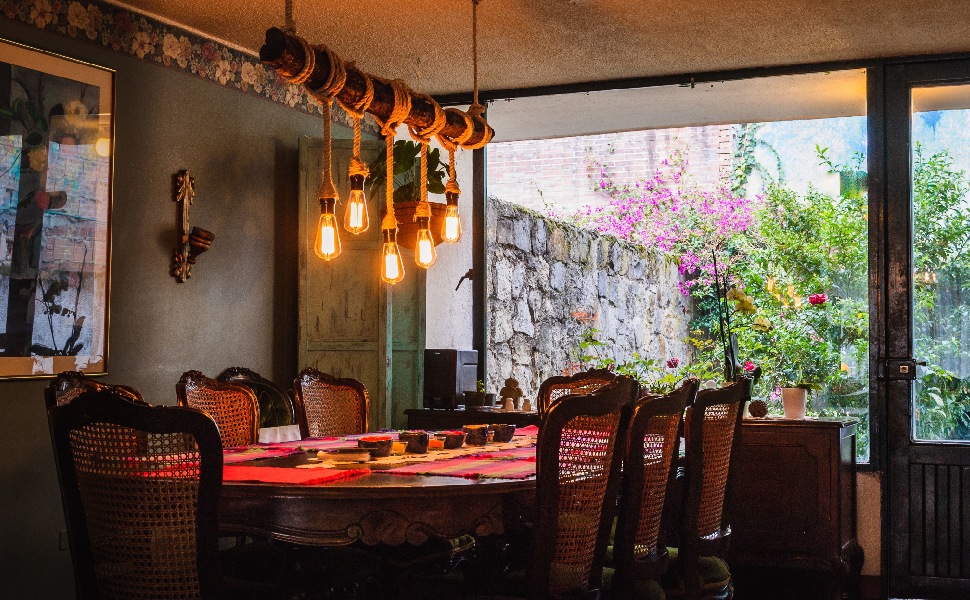We create welcoming dining areas that unite aesthetic beauty with operational functionality for both casual cafes and upscale dining establishments. Our company provides interior design services for restaurants as well as dining interiors and small cafes and hotel restaurant interior design solutions. Our team transforms your culinary narrative into reality through interior design services for both new coffee shop launches and restaurant redesigns. Our team specializes in designing cafes and restaurants and Indian restaurants and contemporary
Restaurant interior spaces need to combine visual identity elements with operational functionality. The guest experience significantly depends on factors which include layout flow and lighting as well as acoustics and material selection. The strategic division of space creates separate areas for service and dining. Themes require consistency yet should avoid excessive presence which enables seasonal design adjustments. The ideal design solution combines both aesthetic appeal with operational efficiency for the establishment.

